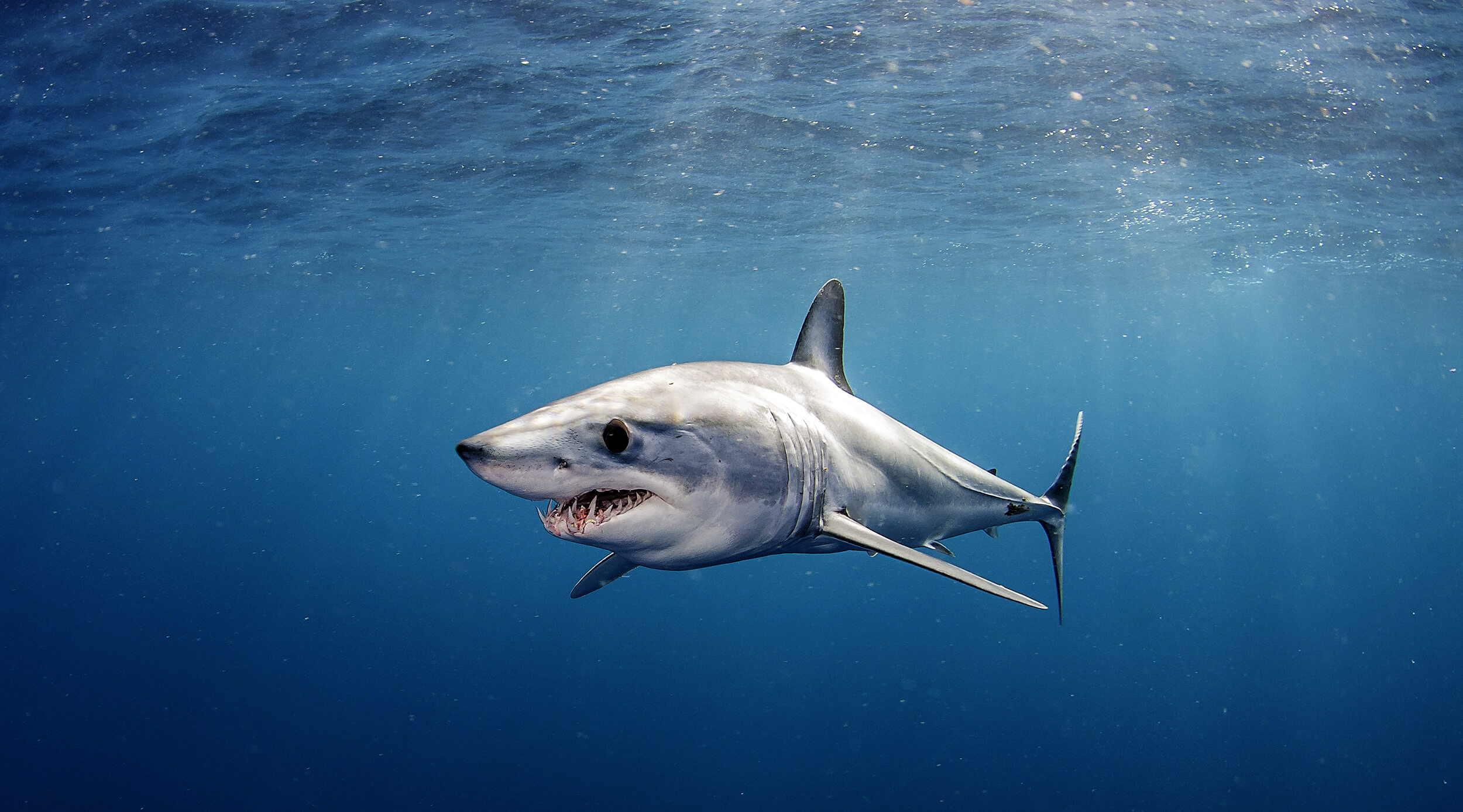SRI wanted to share this excellent opinion from José Truda Palazzo from the NGO Divers for Sharks, which was intended to remind delegates that the goal of CITES is to protect species by regulating trade, not to protect trade by the manner in which species are regulated.
Read MoreAfter much discussion, voting at the CITES conference today opposed the downlisting of Peregrine falcons from the stringent regulation of Appendix I to Appendix II, which allows limited trade in the species.
Read MoreYesterday evening saw a standing-room only presentation on how sharks can provide an ecotourism base that lifts rural communities in developing countries out of poverty, strengthens conservation within those communities, and instills resilience even in the face of natural disasters.
Read MoreThe CITES membership today overwhelmingly passed Proposals #9-12 which give increased Appendix I protection to all species of Asian and African pangolins.
Read MoreThe Manta Trust booth was set up with full virtual reality video capabilities. Note in the photo, Shark Research Institute Executive Director Marie Levine, “diving” with mantas using a VR headset!
Read MoreSRI Director Marie Levine and I are in Johannesburg, South Africa at CoP17 (The 17th meeting of member nations of the Convention on International Trade in Endangered Species of Flora and Fauna, a.k.a. CITES).
Read MoreFor the past six months I have been living with Shark Callers on the tropical island of New Ireland, five hundred miles east of mainland Papua New Guinea.
Read MoreThe genus Mollisquama describes a group of animals known as pocket sharks, so named for a small opening - the “pocket gland” - that lies just above the pectoral fins.
Read MoreLittle is known about the mechanisms that underlie clasper development in males, but not in females, though it has been thought that reproductive hormones must play a role in this sex-specific trait.
Read MoreI have long been interested in sperm storage in a variety of species, a technique that allows female animals to separate mating and gestation. There is evidence for sperm storage in animals ranging from insects to mammals.
Read MoreDr. Moustafa Fouda is Egypt’s Scientific Authority on sharks and his country’s delegate to UN treaty organizations. He is an eloquent spokesman for sharks at CITES and CMS.
Read MoreCMS (also known as the Bonn Convention) is an intergovernmental treaty under the United Nations Environment Program that entered into force in 1983. Its objective is the conservation of terrestrial, avian and marine migratory species throughout their ranges.
Read MoreCMS (also known as the Bonn Convention) is an intergovernmental treaty under the United Nations Environment Program that entered into force in 1983. Its objective is the conservation of terrestrial, avian and marine migratory species throughout their ranges.
Read MoreOn July 27, 1870, Giles Gordon was bathing in the ocean in Southport when a shark swam up and bit his foot. Gordon lost a toe but survived the attack. His story remained buried in historical records for more than a hundred years – until Clay Creswell dug it up.
Read More“What’s going on with the shark cull?” I asked. “Oh it’s a big deal here,” she said. “The town is completely divided on it; some are for it and some think it’s an awful idea. It’s in the newspaper everyday.”
Read MoreFour months having passed since the scheduled hiatus of the controversial shark cull in Western Australia, and with deadline looming on whether or not to extend, amend, or simply end what protest groups have called “despicable and highly illegal,” it seems appropriate to weigh in on the significance of this controversial state action.
Read MoreNoted for filming “Hammerheads: Nomads of the Sea,” Valerie talked about illegal shark finning on television with celebrities such as Geraldo, Jim McLaughlin and Jane Pauley, and was featured on Shark Week, CNN and the Montel Williams show.
Read More

















